11 Most Important Events in Ancient Rome
The ancient roman empire was surely one of the most powerful and successful in the history of humankind. Stretching over more than two thousand years of history, there are plenty of dates and events that are worth remembering.
From its passage from kingdom to the republic and then empire to the slave revolts, and the destructive fires, the history of ancient Rome is surely entertaining.
But what are the events that radically shaped the history of ancient Rome? Here is a list of the eleven most important dates to remember!
1. The founding of Rome – 753 BC
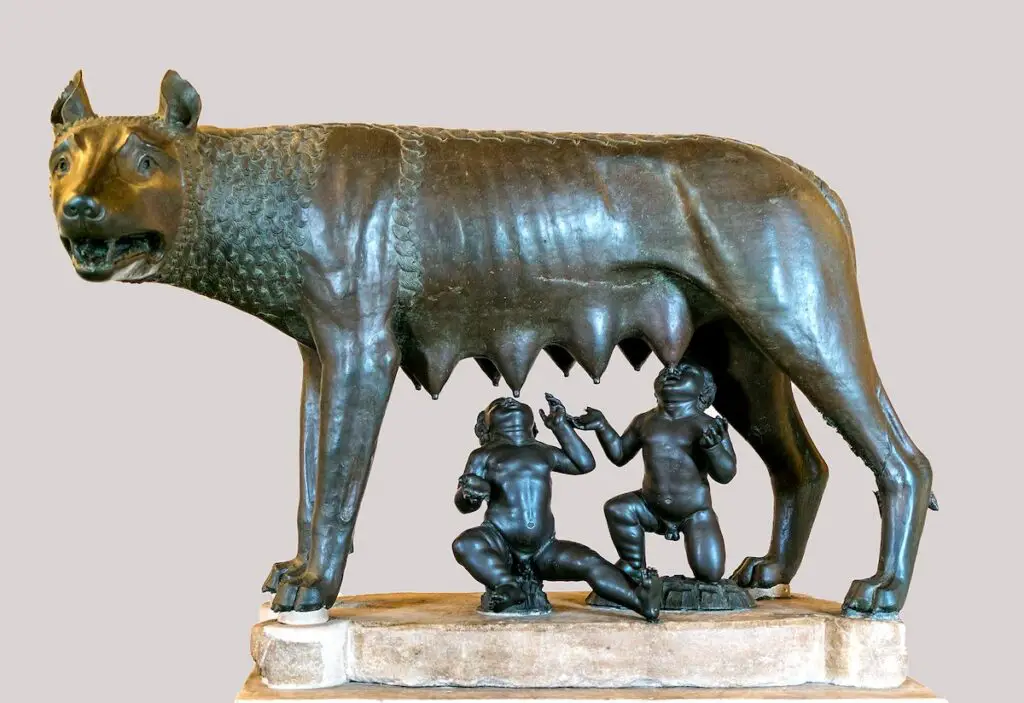
According to the famous legend, Rome was founded on the 21st of April, 753 BC.
Even though this is only a fictional story, the legend goes that a few years before this date, King Numitor, the governor of the mythical city of Alba Longa, was overthrown by his younger brother Amulius.
Amulius then proceeded to force Numitor’s daughter, Rhea Silvia, to become a vestal virgin so that no kids could ever claim his throne. However, Rhea was impregnated by Martes, the god of war, and gave birth to two twins, Romulus and Remus.
Amulius immediately gave orders to drown them in the river Tiber, but they miraculously survived. A female wolf found them on the bank of the river and decided to take care of them, providing them with fresh milk from her own breasts.
Once they grew up, Romulus and Remus met a local shepherd, Faustulus, and moved to his house to live with him and his wife. When they discovered their true origins, the twins decided to march on Alba Longa and successfully overthrow Amulius, restoring their grandad King Numitor to the throne.
After this successful journey, the two brothers decided to found a city on the land where the female wolf found them. However, disagreements over its governance soon emerged.
In order to become the only ruler of the newly founded city, Romulus killed his brother Remus. He then gave this settlement the name of Rome, derived from his own name. To this day, the wolf is one of the Italian national symbols.
2. Beginning of the Roman Republic – 509 BC

After Romulus’ death, Rome was governed by six other kings till 509 BC when the last one, Lucius Tarquinius Superbus, was overthrown by the noblemen of Rome. This year marks the end of the Roman Monarchy and the beginning of the Roman Republic.
It was decided that two consuls had to replace the role of Lucius Tarquinius Superbus maintaining most of his powers. Unlike the king,, they only serve a one-year mandate and could veto each other’s actions. This was done to prevent a single man from gaining too much power.
The Roman Republic was divided into two main groups: the patricians, to put it simply, the most powerful people in Rome, and the plebeians, the remaining part of the population. Initially, the patricians were the only ones allowed to hold office, but with time plebeians started to gain more and more political power.
Nonetheless, the patricians always held a more prominent role. This was mainly due to the Comitia Centuriata. This voting assembly had the power to elect consuls and other important official figures.
However, it was organized into different groups each of which had one vote. While plebeian groups counted a high number of people, patrician ones were composed of a few members only, meaning that the vote of a wealthy patrician had more power than the one of a plebeian.
3. The Third Servile War

Patricians and plebeians were not the only two social classes in Rome. In fact, it has been estimated that one in every three people in Rome was enslaved.
This is why, in 73 BC, Spartacus decided to lead the most famous slave uprising in the history of the Roman Republic. Known as the Third Servile War, according to the historian Plutarch, this revolt began as an escaping attempt from Spartacus and 200 other slaves, but the plan soon was discovered by the authorities.
Spartacus had to quickly change his plan and decided to initiate a revolt. The uprise soon reached Mount Vesuvio and from here more and more slaves decided to join the uprising.
The Romans first sent the military commander Gaius Claudius Glaber and then the general Publius Various to suppress the revolt, but it was all useless. Spartacus had, in fact, gathered over 70,000 slaves, all demanding better living conditions.
Unfortunately, there is no happy ending to this story. The rebellion was eventually suppressed by Marcus Licinius Crassus and his seven legions.
4. Julius Caesar’s Assassination – 44 BC
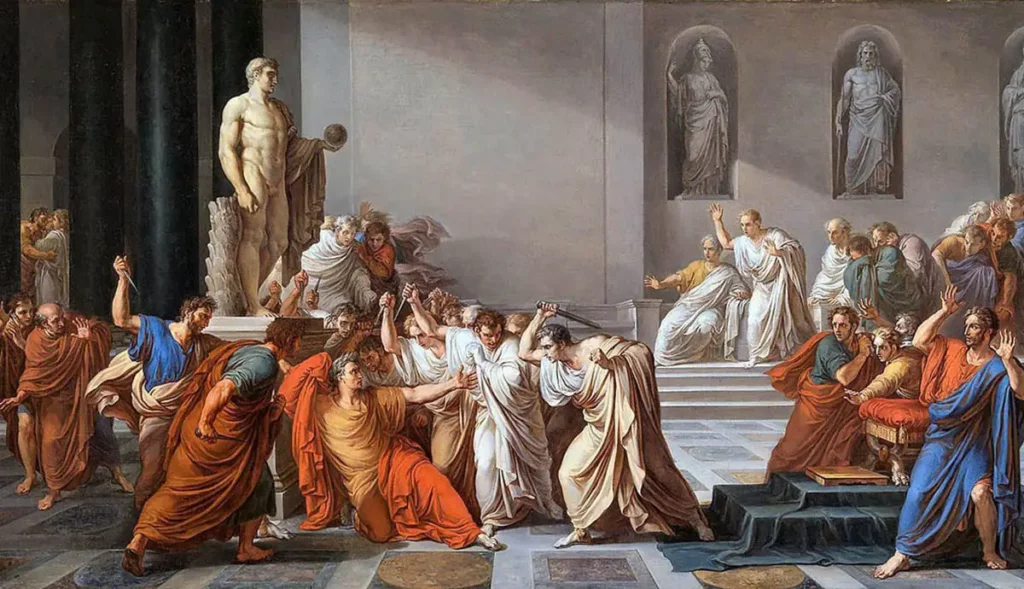
The year 44 BC, is known all over Europe, as the one in which Julius Caesar was brutally assassinated. This incredible general was extremely popular in Rome. He had, in fact, expanded the Roman territories annexing parts of Spain, France, Germany, Switzerland, and Belgium.
But when in 44 BC, Caesar was proclaimed dictator for life, some members of the senate started to see him as a rival. Afraid of the immense power he had just gained, 60 conspirators decided to put an end to his dictatorship by murdering him.
On March 15th, now known as the Ides of March, Caesar was stabbed to death. The public was absolutely shocked by the assassination, and Caesar’s traitors became extremely unpopular.
5. Beginning of the Roman Empire – 27 BC
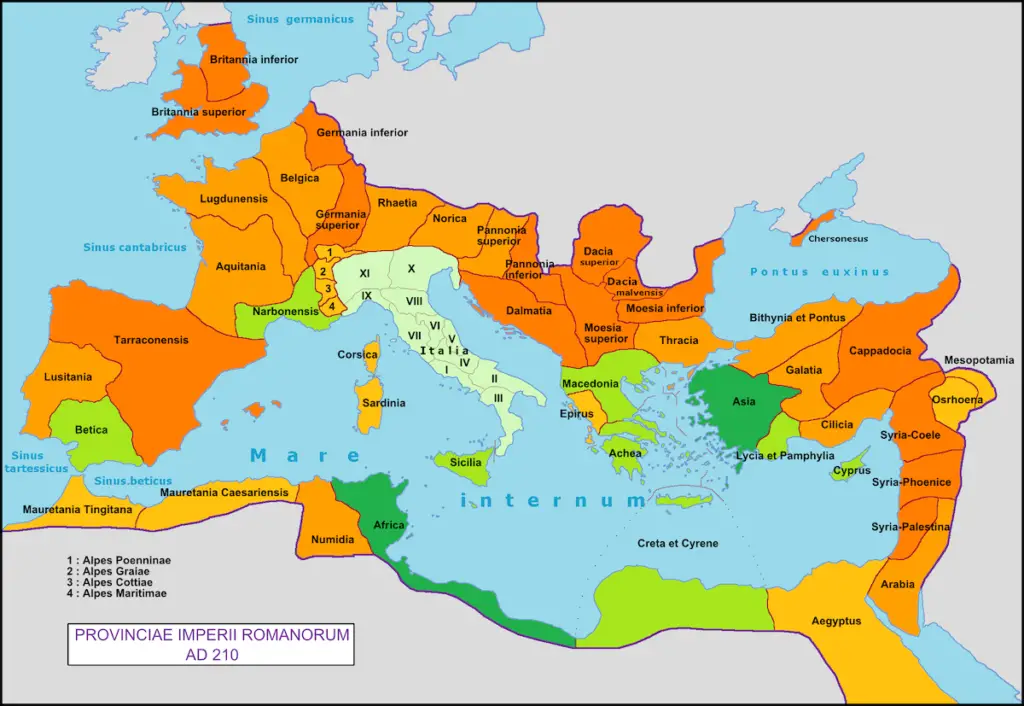
After the death of Caesar, the Roman Republic experienced a number of civil wars and conflicts.
The most important ones were the Battle of Philippi and the Battle of Actium. The former was a conflict between Caesar’s assassins and Mark Antony, one of Caesar’s main allies, and Octavian, Julius Caesar’s adopted son. The two eventually managed to win the battle, but soon started to dispute among themselves.
In 31 BC, these disagreements led to the Battle of Actium won by Octavian who became the only Roman governor. Even though the old political machinery still stood in place, Julius Caesar’s adopted son had all powers in his hands.
In 27 BC, the new governor was given the title of ‘Augustus’ and so the Roman Empire began. Under his rule, Rome and its territories experienced an unprecedented period of peace and prosperity.
6. Great Fire of Rome – 64 AD
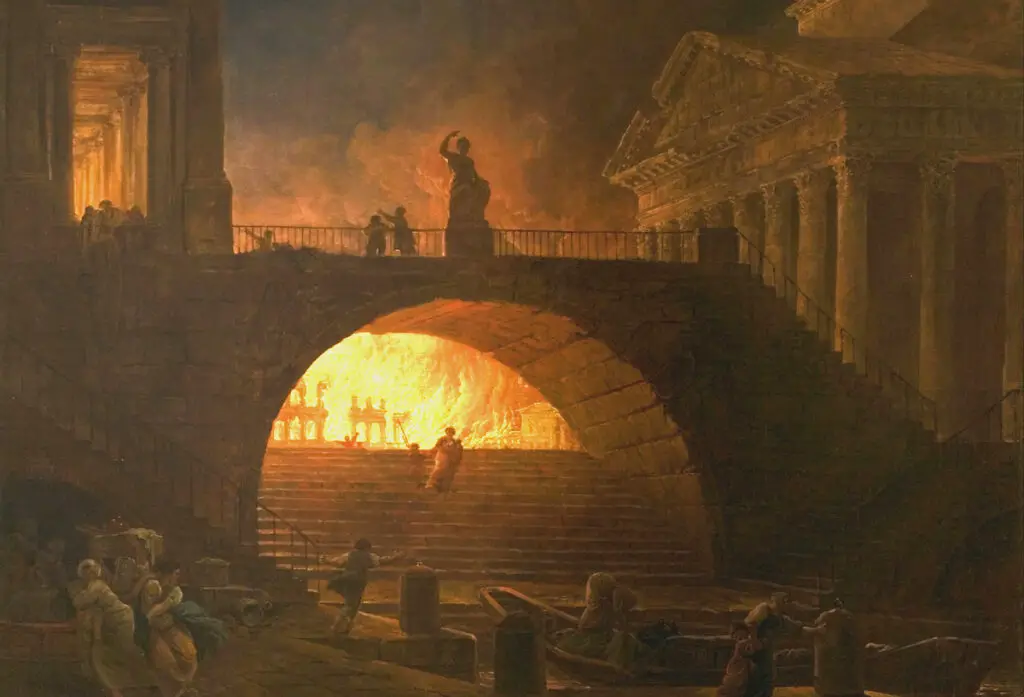
But this was about to end soon. In fact, on July 18, 64 AD, most of Rome was destroyed by a terrible fire. This calamity completely knocked down three of Rome’s fourteen districts, and only four remained untouched by the flames. Hundreds of people died during the fire, and more than a thousand were left homeless.
The fire started south of Palatine Hill and soon destroyed several houses. The strong wind then moved the flames to the north of the city, expanding the damage. According to some written reports, the fire kept burning for three days before it was finally extinguished.
For years, emperor Nero was accused of being the cause of this terrible disaster. Some people thought he had intentionally started to fire as he did not like the aesthetic of the city. Others suggested that he had done so to then blame the Christians and expel them from Rome.
Several sources mention that the emperor was seen playing the fiddle during the fire, but we now know that these were all conjectures. First of all, fiddles did not exist back then, and secondly, when the fire broke out Nero was not in Rome, but in the city of Antium.
7. Edict of Milan – 313 AD
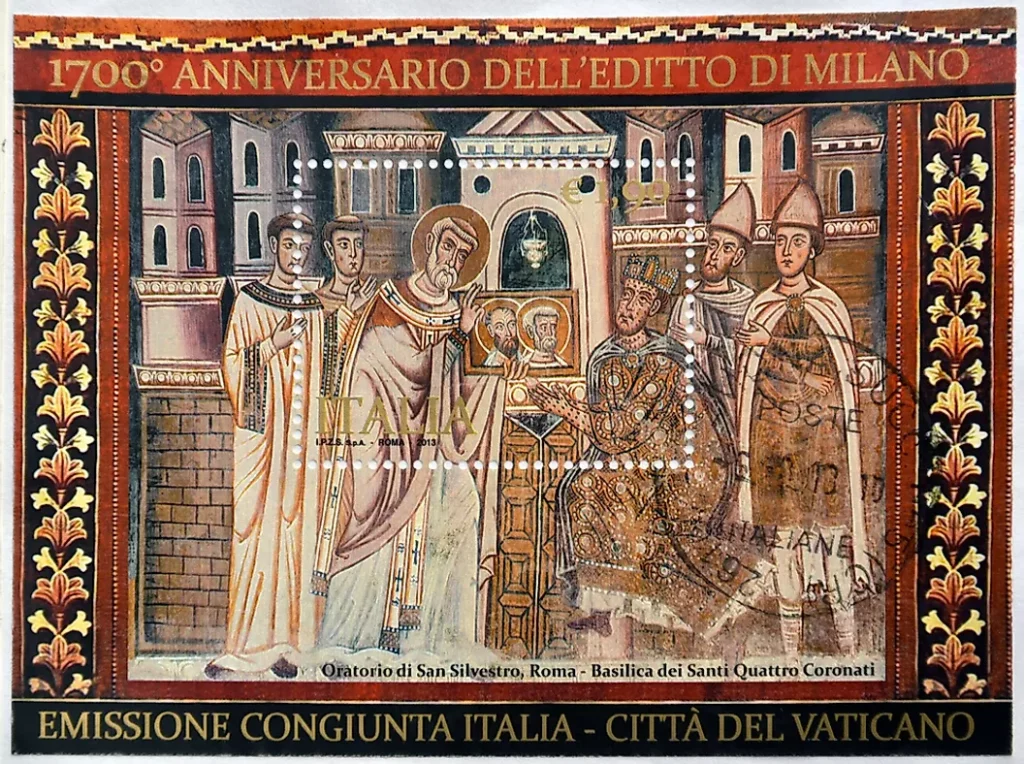
When we think of Rome, we tend to imagine the beautiful architecture of the Vatican and associate this city with Christianity. But this has not always been the norm.
In fact, before the arrival of Christianity, Romans used to worship a number of divinities, mostly derived from Greek mythology, such as Jupiter, Hera, and Apollo.
Following the death of Jesus Christ, Christianism spread across the Roman Empire. However, this religion was not tolerated in the beginning. Christians were believed to practice cannibalism and incest and were often discriminated against.
But in 312 AD, things were about to change. In this year, in fact, Constantine became the first emperor to convert to Christianity. According to several accounts, the night before an important battle, the emperor dreamt of a cross accompanied by an image with the script ‘In hoc signo vinces,’ meaning ‘in this sign, conquer’. The following day, Constantine won the war and credited Christianity for its success.
The following year, the Edict of Milan finally granted Christians the freedom to practice their religion all over the Roman Empire.
8. Constantinople Is The New Capital – 330 AD

Constantine is not only famous for his Christianisation of the Roman Empire, but he is also responsible for giving its empire a brand new capital, Constantinople, today known as Istanbul.
Constantine inaugurated this new capital on the 11th of May, 330 AD. In the beginning, Rome still held more power as it remained the only city with a sovereign Senate in the empire.
In fact, the Constantinopolitan Senate founded by Constantine only had provincial powers. However, less than a century later, Constantius II gave the Constantinopolitan Senate extra powers that made it equal to the one in Rome.
9. The Roman Empire Splits Into Two – 395 AD
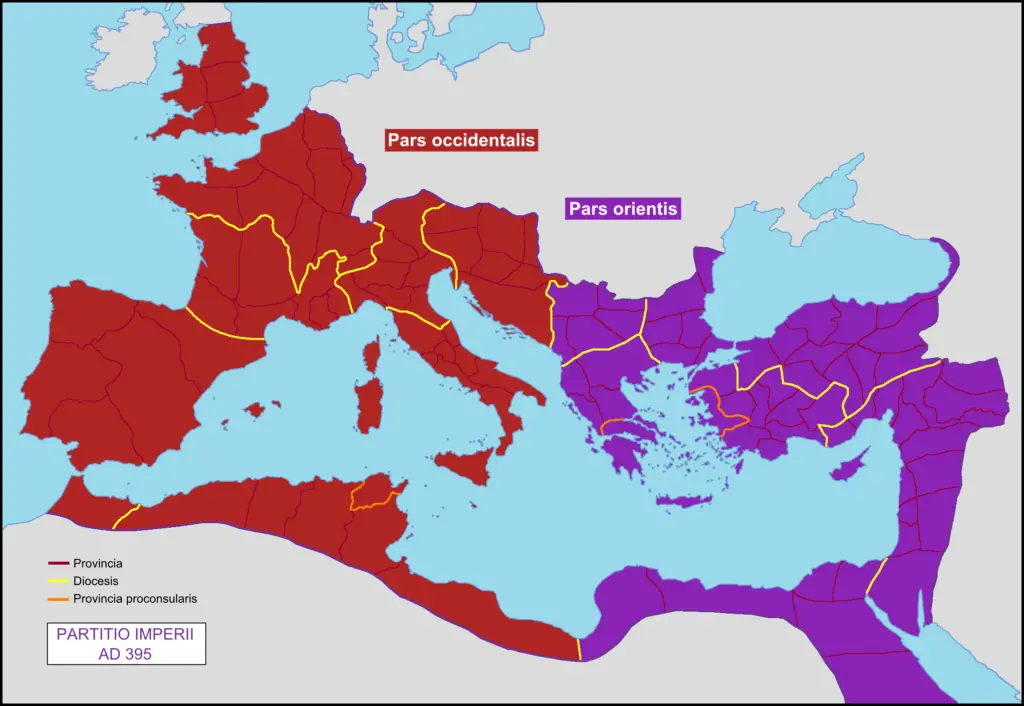
In the fourth century, the Roman Empire extended over such a humongous territory that in 395 AD, the Roman emperor, Theodosius I, decided to split it into two units: the Western Roman Empire and the Eastern Roman Empire.
Before his death, Theodosius appointed his two sons, Arcadius and Honorius, governors of each part of the empire, ending the crisis of the third century.
But this was not the first time that the Roman territories were divided into two units. This had already happened under Diocletian’s tetrarchy roughly a century earlier. However, on this occasion, the empire soon returned to its original unit.
10. Fall of Western Roman Empire – 476 AD
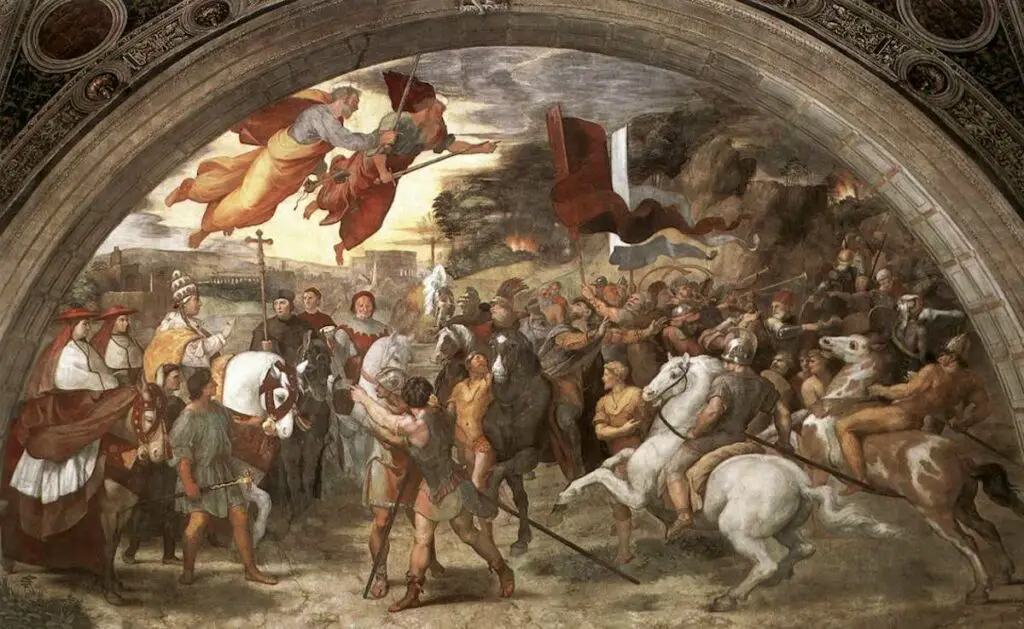
After the division, the Western Roman Empire soon lost its powers, and in less than a century, it fell. This was mainly due to the invasion of the Barbarian tribes, who took advantage of its political and economical instability.
The Western Empire was, in fact, facing several challenges ranging from little to no tax revenue to overpopulation, poor leadership, and inadequate defense.
Despite this, the Eastern part kept flourishing and survived for an extra thousand years! But just like any other empire, this world power was also bound to fall.
11. Fall of Byzantine Empire – 1453 AD
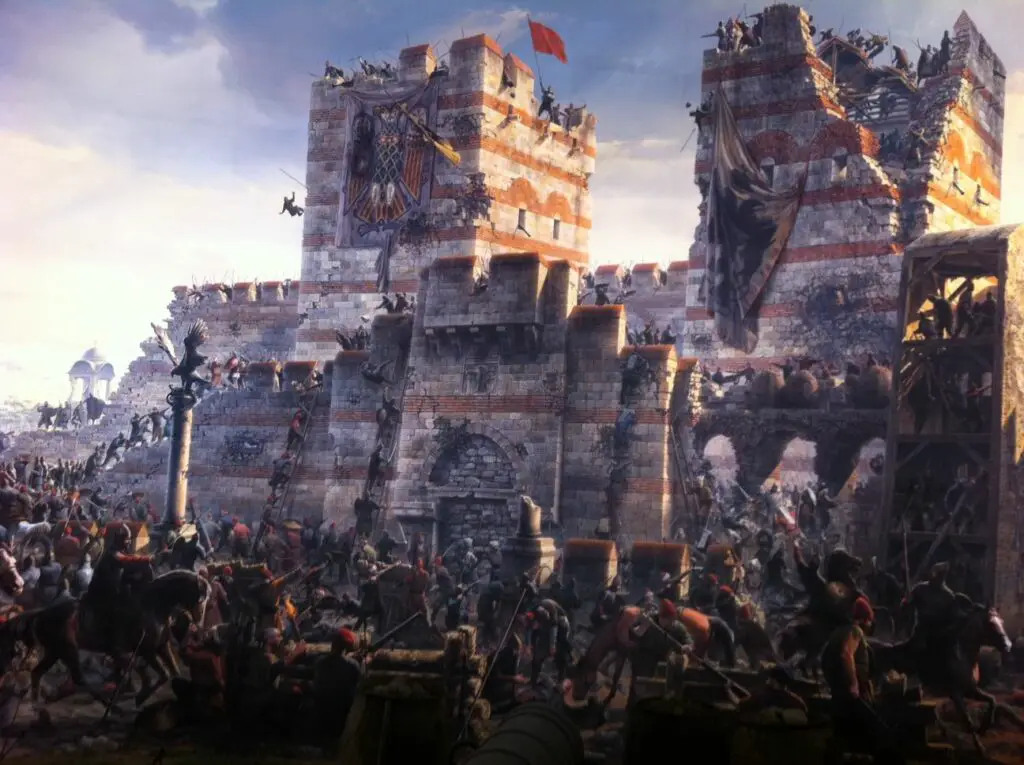
In 1453 after more than two thousand years, the Eastern Roman Empire fell, putting an end to Roman rule over the Mediterraneum.
The city of Constantinople was conquered by Sultan Mehmed II, the ruler of the Ottoman Empire. His army besieged the city for 55 days and surrounded the whole area, both by sea and land. Eventually, Sultan Mehmed II won and took possession of Constantinople.
This victory did not only put an end to one of the longest-lasting and most powerful empires in the history of humankind but also represented the defeat of Christian Europe against the Muslim invasions.
Despite its fall, the Roman Empire still influences most of our modern world. The Romans were responsible for the invention of aqueducts, postal services, and roads that have survived thousands of years and are still used nowadays.
With over 2000 years of history, the Roman Empire is the longest-lasting one in recorded history and will keep influencing our society for many years to come.
How to Cite this Article
1. To cite this article in an academic-style article or paper, use:
Cristina Miceli, “11 Most Important Events in Ancient Rome”, History Hippo, July 2, 2022, https://historyhippo.com/most-important-events-in-ancient-rome/. Accessed July 12, 2024
2. To link to this article in the text of an online publication, please use this URL: https://historyhippo.com/most-important-events-in-ancient-rome/
3. If your web page requires an HTML link, please insert this code:
<a href=”https://historyhippo.com/most-important-events-in-ancient-rome/”>11 Most Important Events in Ancient Rome</a>
